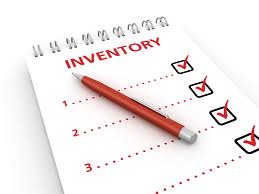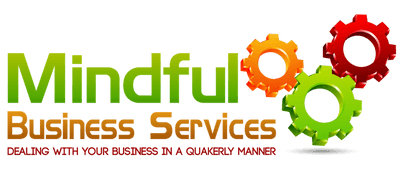 This is part of the Quaker Alphabet Project – click here for more information.
This is part of the Quaker Alphabet Project – click here for more information.
I is for Inventories, Insurances and Inclusiveness
Inventories and Insurances
Inventories and Insurances seem to go together – Inclusiveness perhaps less so.
Contents
If the Meeting House contains valuable antiques (furniture, books, etc.) make an inventory with photographs to help the police if they go missing; things like TV sets, videos etc. can usefully be marked indelibly with the postcode. Some insurance companies offer lower premiums if specific security precautions are taken: ask for their advice. Know where all your keys are; the police like to have a list of keyholders. Identify any problems of security which may occur when the Meeting House is actually open.
Handbook for the Care of Meeting Houses 1996
Inclusiveness
Inclusiveness is another complicated subject – it is important to ensure we remember that each person will have their own requirements and wants when it comes to being included. These wants and needs will change as they go through life, but thankfully so many features put in for one person or group can be used or enhance the usage of the building and grounds by others.
For more spiritual resources I do recommend Qf&P Chapter 10 “Belonging to a Quaker Meeting” especially 10.20 where George Gorman muses about how religion is about relationships between people…
But in this post I’m going to talk about ways to ensure that all members of the Meeting feel valued and included.
Some building changes will be more expensive and time consuming…
You Tube video of sesame steps
But thankfully ensuring the meeting and its building are inclusive to all members doesn’t mean just wheelchair ramps. I mentioned these sorts of things in E is for Equality with concern about the Equality Act for 2010.
To quote the beginning of Advices & Queries 18
How can we make the meeting a community in which each person is accepted and nurtured, and strangers are welcome?
and to paraphrase the meaning of Qf&P 10.10 where Peggy McGeoghegan says “If we take seriously the nurture of our children in the worshipping group, we must start by re-appraising the whole life of the group.”
- Could someone who is smaller or less able than others open the gate to come into the garden or enter the building?
- Once inside could they (where it is safe) reach the interior door handles and locks?
- Do you have appropriate cups, crockery for children and are various dietary requirements considered during your refreshments?
- Do you have left handed scissors and kitchen tools?
- Is there a large text version of Qf&P or other leaflets available? Or magnifying sheets?
- During notices do you ensure that Quaker jargon is clarified?
This can mean ensuring that coat hooks are low enough for children to reach, that foot stools for sinks and hassocks for chairs are available for anyone who needs them; that handles and soap dispensers are easily used by those lacking mobility and of course that signage is good.
Balby Meeting have produced an introductory leaflet which explains in simple language about the meeting, photos and names of its members – including guide dog Cassie. The leaflet also has brief descriptions of what might happen when you visit.
- Does your meeting consider all members when reappraising both the building and the life of the meeting?
- What has your meeting done that worked well?
To browse through all of the posts click on the Quaker A-Z link here or in the side bar.
